Supply Chain Report – 10/10/2025
New data from Harvard Business School’s (HBS) Pricing Lab reveals that the recent wave of tariffs introduced by the United States is leading to gradual price increases for consumers, though many retailers are currently absorbing part of the costs.
While government statistics typically offer a monthly overview of inflation, the HBS Pricing Lab provides a more granular and timely view. Its “tariff tracker” monitors daily price movements on more than 350,000 goods sold by major U.S. retailers, identifying each product’s country of origin and tracking real-time changes in consumer prices.
Gradual Pass-Through to Consumers
According to Harvard economist Alberto Cavallo, co-founder of the HBS Pricing Lab and an advisor to the Center for Inflation Research at the Cleveland Fed, the early effects of the new tariffs are evident—but unfolding slowly.
“We’ve observed modest but steady price increases in the first six months,” Cavallo said, noting that pricing adjustments by firms tend to happen gradually as they evaluate long-term tariff impacts, market reactions, and consumer sensitivity.
The data show that imported goods have risen roughly 5%, while domestically produced goods have climbed about 2.5%. However, the actual impact may be larger once pre-tariff deflationary trends in categories such as electronics and household goods are taken into account.
Retailers Acting with Caution
Cavallo emphasized that businesses remain uncertain about how long the tariffs will last or how they may evolve. Many are hesitant to make sharp pricing moves until there is more clarity. “Retailers are used to sudden policy announcements that later change,” he said. “Given that uncertainty, gradual adjustment is the optimal response.”
Import price indices compiled by the U.S. Bureau of Labor Statistics indicate that foreign producers are not significantly lowering export prices, meaning U.S. companies are absorbing much of the tariff costs for now.
Domestic Prices Also Rising
The HBS data reveal that tariffs are not just raising prices on imported goods but also affecting domestically produced products. This occurs because many U.S. manufacturers rely on imported materials—or compete directly with foreign producers who are now raising prices. “If competitors raise prices, domestic producers gain more pricing power,” Cavallo explained.
Categories with heavy import exposure, such as consumer electronics and household products, have seen the sharpest increases.
Regional Differences in Tariff Effects
The study also highlights variations across trade partners. Goods imported from China show some of the highest price increases, reflecting the stronger tariff rates imposed. In contrast, products from Mexico have seen little to no increase due to exemptions under the U.S.-Mexico-Canada Agreement (USMCA), while Canada sits in between—experiencing moderate price changes amid ongoing trade adjustments.
Long-Term Implications for Consumers
While the immediate consumer price impact remains modest, Cavallo cautioned that long-term consequences could be significant. If tariffs persist or expand, consumers may eventually face higher prices, reduced product variety, and potential declines in quality.
“Even if inflation appears contained now, tariffs can lead to fewer product choices and slower income growth,” he said. “Retailers may decide not to stock certain goods, and consumers may find less variety in stores.”
The Harvard research also suggests that if tariff levels stabilize near 10%–15%, price increases will likely continue gradually over the next few years, potentially leaving goods up to 10% more expensive than they would have been without tariffs.
A Slow but Steady Adjustment
Cavallo concluded that the economic effects of tariffs are cumulative, not immediate. “We’re only six months into this process,” he said. “Somebody has to pay for these taxes, and in the end, much of that cost will reach consumers. The negative effects often take years to fully emerge.”
The findings underscore the complexity of how tariffs ripple through global supply chains—affecting producers, retailers, and consumers in distinct but interconnected ways.
#USEconomy #TradePolicy #InflationUpdate #TariffImpact #SupplyChainNews

















